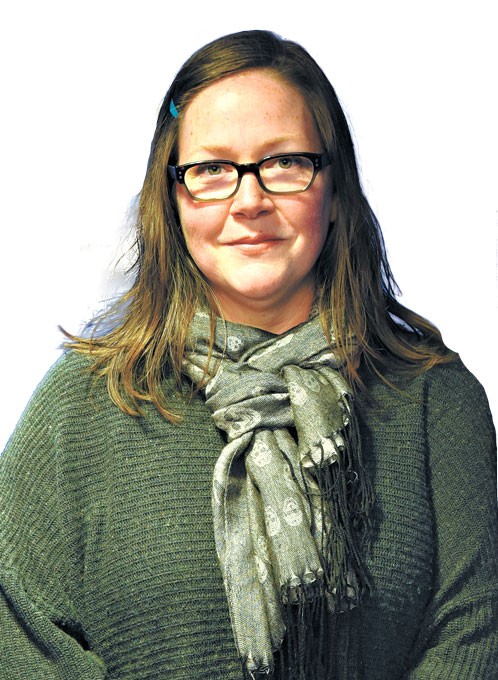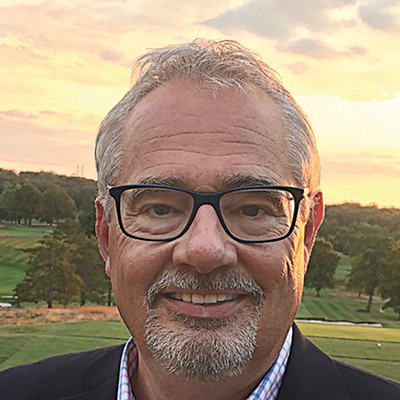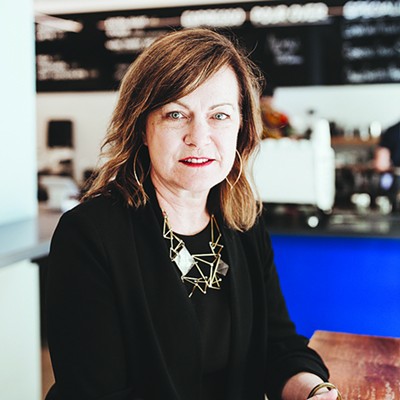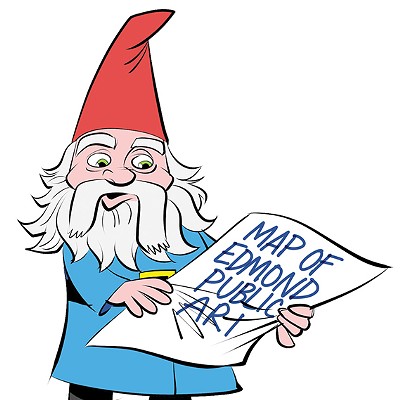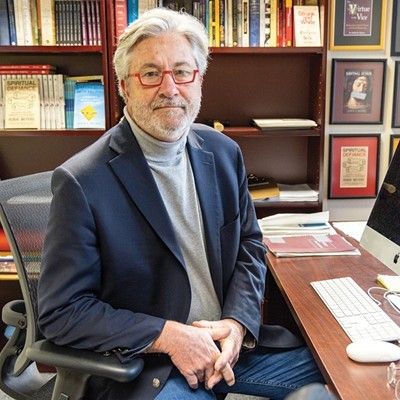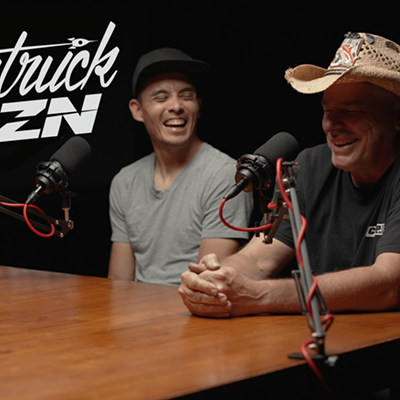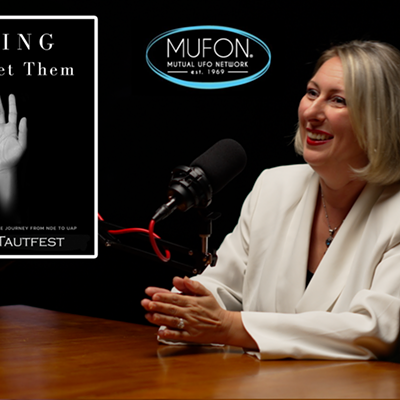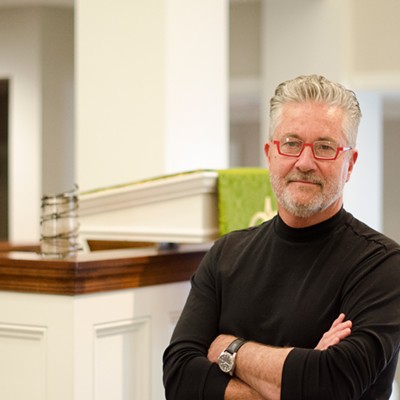Public art is essential to the viability of our community. Yes, education, infrastructure, health care, housing ... yes, of course. However, public art must hold equal value in our conversations about civic improvement.
Moving forward, it is critical that we not take public art for granted.
Art is the mirror that reveals our singularity as a community, civilizes our surroundings, and humanizes our daily experience. Art inspires dreams, conversations and ideas. Art exposes who we are, who we were and who we can be.
Maybe you’re thinking, but isn’t that what the museum is for? Sure. I love the art museum, Oklahoma Contemporary, IAO Gallery and the Paseo and Plaza districts. I am indebted to each for the significant ways they benefit Oklahoma City.
But honestly, art cannot only be available to people who can pay admission, and bluntly, not everyone feels comfortable going to an art gallery. Public art plays a radically different and crucial role because it is accessible to anyone and everyone.
When done well, public art provides us with stimulating experiences in unexpected places. You know you’ll see art when you go to a museum; you don’t expect to see art when you drive through an underpass.
Communities with visible, thoughtful public art thrive because people want to be there. Public art invigorates our sense of place and excites us about where we are. In turn, art bolsters civic fundamentals: pride, economic growth and population retention.
Frankly, OKC needs to be a place where people want to live. While it is a slower path, public art paves a sustainable path that empowers us to be better. We need to be better. For frack’s sake, have you seen the bleak statistics about teen pregnancy, child abuse and domestic violence?
Regardless of the occupations, religions and backgrounds of our citizens, public art is a powerful and positive force that strengthens and unifies communities. We should embrace it wholeheartedly.
Because our civic leaders understand that investing in art translates to investing in the future, OKC benefits from a public art program, which means one percent of budgeted city construction must include public art.
However, the commitment to supply public art cannot solely lie with government. Non-government stakeholders carry a moral obligation to create a more dynamic community through art. (That’s you, corporations with stock exchange symbols.)
In the private sector, the Skirvin hosts a very public artist-in-residence program currently featuring Kerri Shadid. And last fall, Downtown OKC Initiatives selected artists Lisa Allswede, Dusty Gilpin, Jason Pawley and Kyle Van Osdol to create art that will engage the downtown public in exciting ways in 2015.
What we don’t need in our public art is more bronze sculptures of the olden days. What we crave is bold and challenging art, not controversial or shocking, but for the love of sunshine, we need art that is genuinely engaging and thought-provoking. Whether interactive, permanent or temporary, above all else, let it be captivating.
We need art to rouse self-reflection, awareness about our interconnected lives and about the social sphere we share; and we need the public to rejoice in it.
Romy Owens is an Oklahoma City artist/curator. Her group exhibition OKC125 opened Dec. 5 in the downtown public space The Underground. Reach her at romyowens.com.

